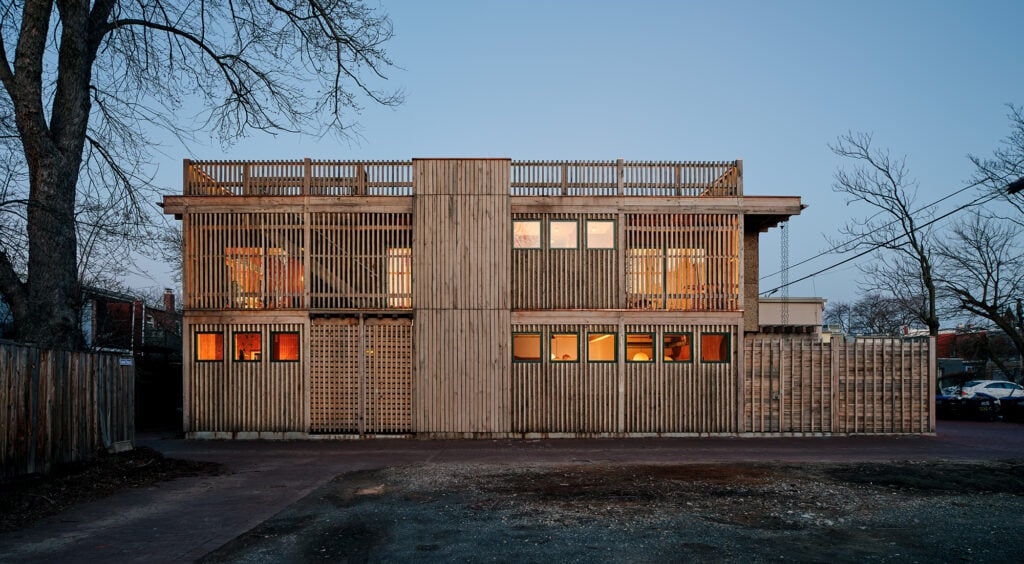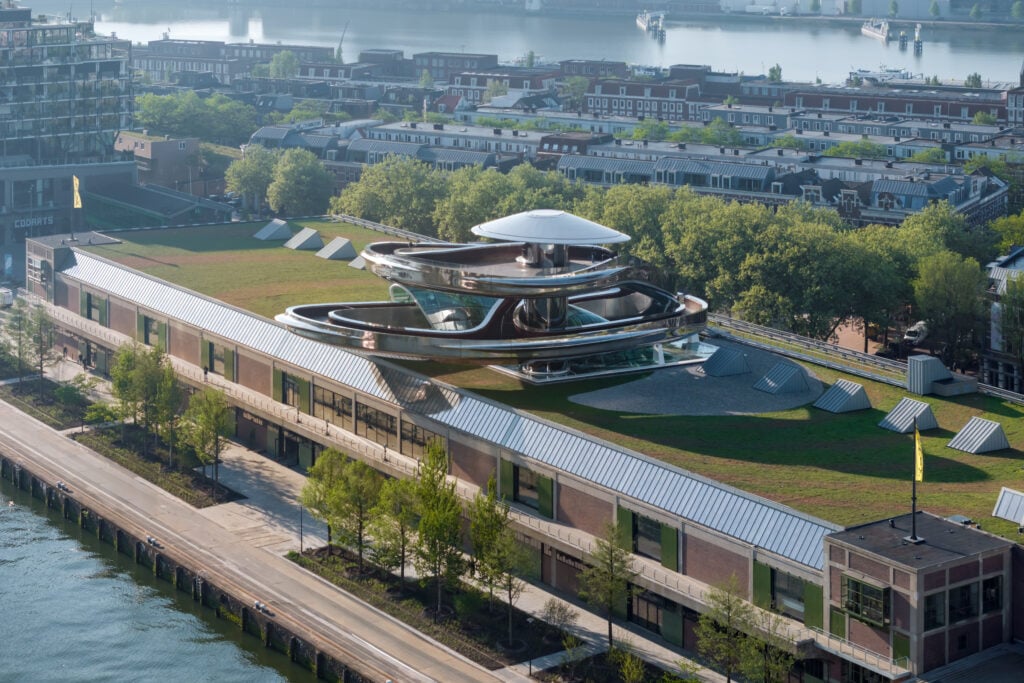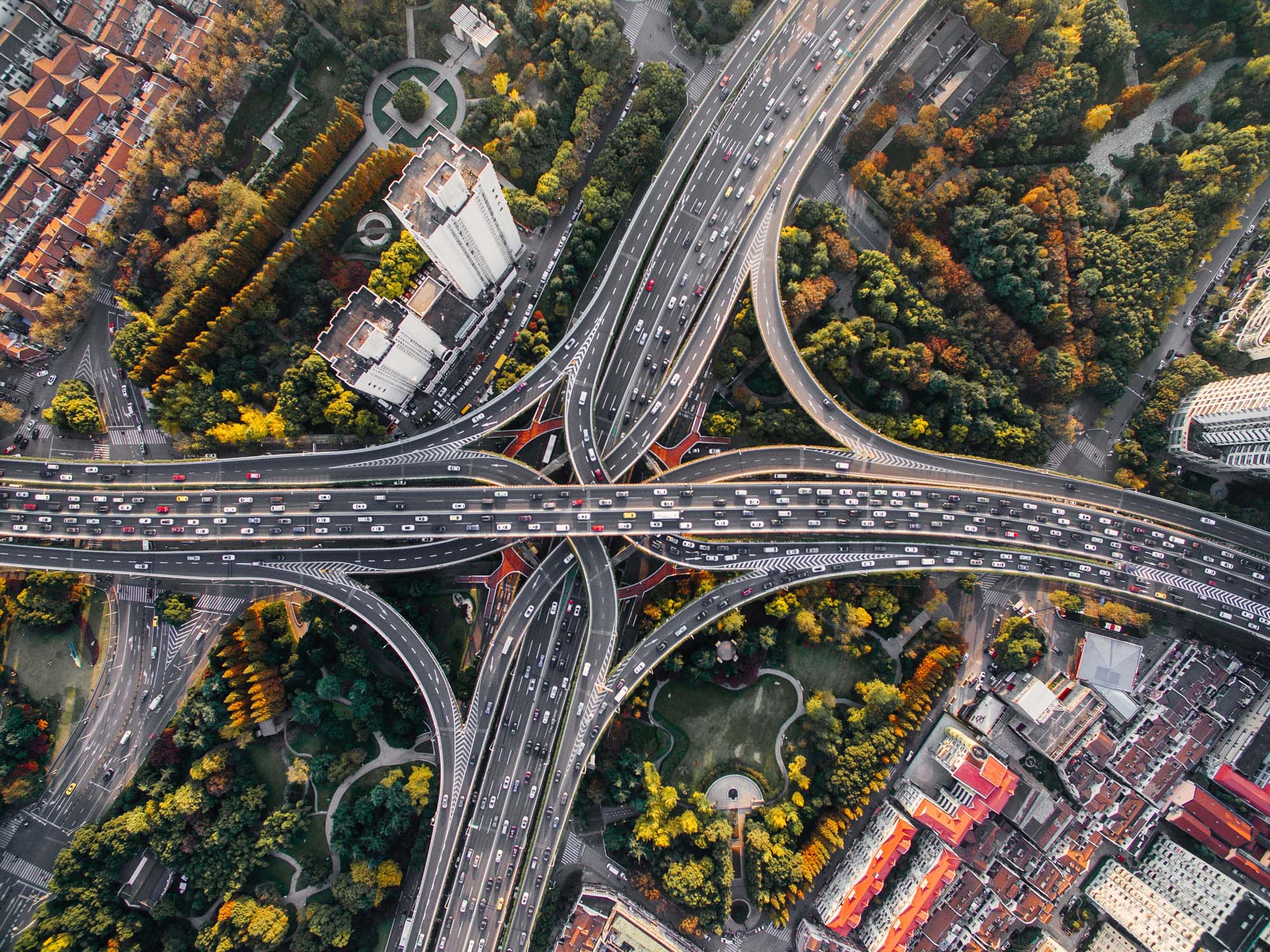
September 28, 2022
Paved With Good Intentions: We Still Can’t Kick the Car Habit
The law squanders a generational opportunity to reduce our nation’s automobile dependency and invest in the changes to our built environment—from transportation infrastructure to land use and urban design— necessary to stabilize our climate.
James Brasuell
A small army of media pundits have anticipated the criticism of that remaining gap by making some version of a familiar argument: “Don’t make the perfect the enemy of the good.” But what about: “those who don’t learn from history are doomed to repeat it”? A more effective IRA would shift policy away from cars and highways and toward walking, biking, and public transit, while funding programs that encourage local and state governments to make more efficient, productive development investments.
Indeed, the IRA falls short of our carbon emissions goals primarily because it does almost nothing to reduce the nation’s automobile dependency. Instead, it relies on jumpstarting the electric vehicle (EV) industry, with tax credits for new light-duty electric vehicles, used EVs, commercial EVs, EV charging stations, and energy storage manufacturing. Since the transportation sector is the largest source of GHG emissions in the United States, these investments will significantly reduce emissions from automobiles and the energy sources that will power them. But if Americans continue to drive more every year, as they have done in every decade in recent memory (vehicle miles traveled increased by 13 percent between February 2021 and June 2022, alone), the emission reductions achieved by switching to EVs will be lost in the aggregate.
By failing to imagine a future after automobile dependence, the IRA repeats a pattern of falling short on climate objectives that began with the American Recovery and Reinvestment Act (ARRA), signed during the first year of the Obama administration. When passed, ARRA was the largest climate investment in U.S. history, but despite incremental emissions reductions, it got us nowhere close to the reductions required to stabilize the climate. The sequence repeated itself with the $550 million in new spending promised by last year’s Infrastructure Investment and Jobs Act (IIJA). The IIJA outlays $100 billion for public transit over five years—the largest investment in public transit in U.S. history. But it also includes a much larger $350 billion in roads and bridges, leaving no illusions about its allegiances.
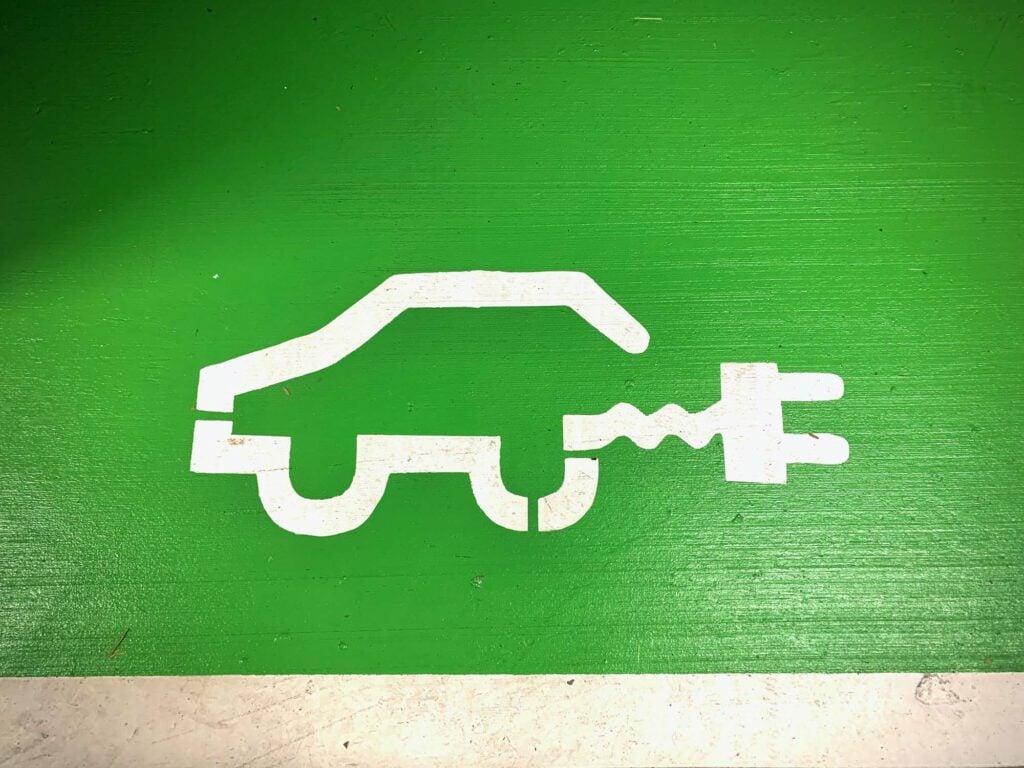
Climate change isn’t the only symptom of runaway automobile dependency. Its many harms range from obesity and heart disease tied to sedentary lifestyle to exponential sprawl, growing congestion, and the painful financial impacts of fluctuating gas (or in the case of electric vehicles, electricity) prices. Furthermore, in 2021, just short of 43,000 Americans died in traffic collisions, according to the National Highway Safety Administration. (Traffic fatalities are higher than they’ve been in 16 years, pedestrian fatalities are higher than they have been in 40 years, and automobile-related fatalities continue to be higher in low-income and communities of color.) EV’s, meanwhile, have their own serious shortcomings, including the vast expanses of pavement required to operate and store them and the unprecedented mining operations required to source the materials for their engines.
Only a new era of design and planning will end the automobile dependence that’s at the root of this destruction. Starting with land use regulations, any effective climate action should remove strict zoning regulations that segregate residential and retail uses, enabling neighborhood-serving retail within walking distance of homes; one component of the “15-Minute City” ideal most publicly exemplified by Paris. (And found in neighborhoods in Chicago, Philadelphia, Miami, and other U.S. cities.) The federal government will also have to push local and state officials to shrink the sizes of homes, for example, by reducing minimum lot sizes and floor area requirements in zoning codes, to enable the kind of residential density that can support local economies. The “Emissions Gap Report,” published by the United Nations Environment Program in 2019, recommended a 20 percent reduction in average floor area per person.
Cities and states will also have to do the difficult work of prioritizing transit and active transportation modes over never-ending highway expansions, following the lead of SB 200, recently approved by the Colorado State Legislature, which requires capital investment plans to mitigate emissions from transportation projects. Critically, public transit—whose funding and ridership have fallen sharply during the pandemic—will require long-term funding solutions, like the congestion pricing scheme that will require cars to pay a fee to drive into parts of Manhattan, not the band-aids that helped transit agencies (barely) survive the pandemic.
Finally, higher quality urban design will be critical to ensure that new density is every bit as livable, prosperous, and healthy as the idealized version of suburban, single-family detached housing. We’ll need to drastically improve our public spaces and community facilities and refine what we already know about environmentally sensitive design—harnessing, rather than subjugating the natural world by, for instance, optimizing building orientation, incorporating renewable energy strategies, encouraging greenery on and around buildings, and prompting development patterns that better take into account natural disasters. And we must ensure that universal design—development that is inclusive and accessible to all, including those with disabilities—be a standard requirement of zoning, building codes, and street and landscaping standards.
These kinds of holistic, comprehensive changes do not leave space for every household to have multiple automobiles. Instead of treating electric vehicles like a climate panacea, the United States needs shade trees, walkable neighborhoods, efficient and active transportation modes, and sustainable goods movement infrastructure. A new automobile era, built on the electric car, would merely repeat the same old mistakes.
James Brasuell is the editorial director of Planetizen, a community of planning intelligence.
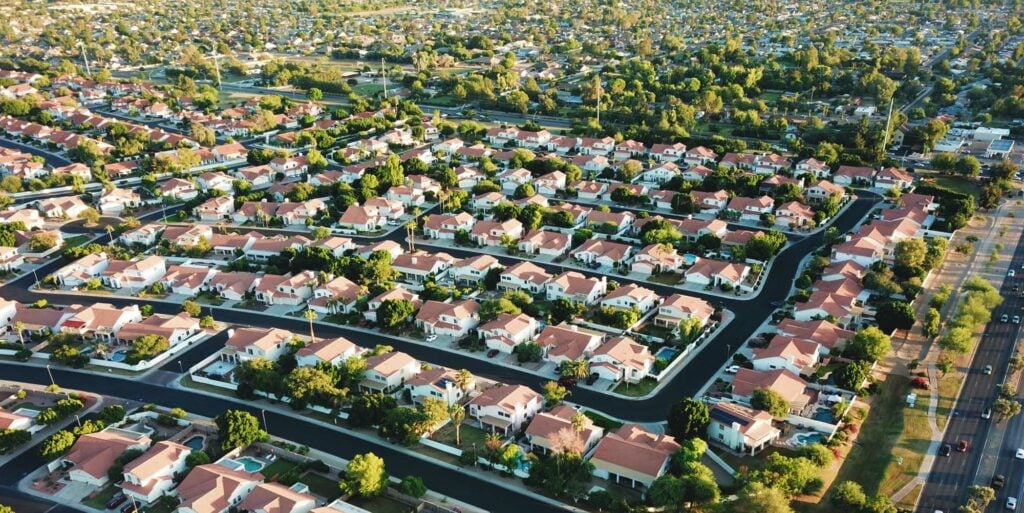
Would you like to comment on this article? Send your thoughts to: [email protected]
Latest
Profiles
BLDUS Brings a ‘Farm-to-Shelter’ Approach to American Design
The Washington D.C.–based firm BLDUS is imagining a new American vernacular through natural materials and thoughtful placemaking.
Projects
MAD Architects’ FENIX is the World’s First Art Museum Dedicated to Migration
Located in Rotterdam, FENIX is also the Beijing-based firm’s first European museum project.
Products
Discover the Winners of the METROPOLISLikes 2025 Awards
This year’s product releases at NeoCon and Design Days signal a transformation in interior design.



